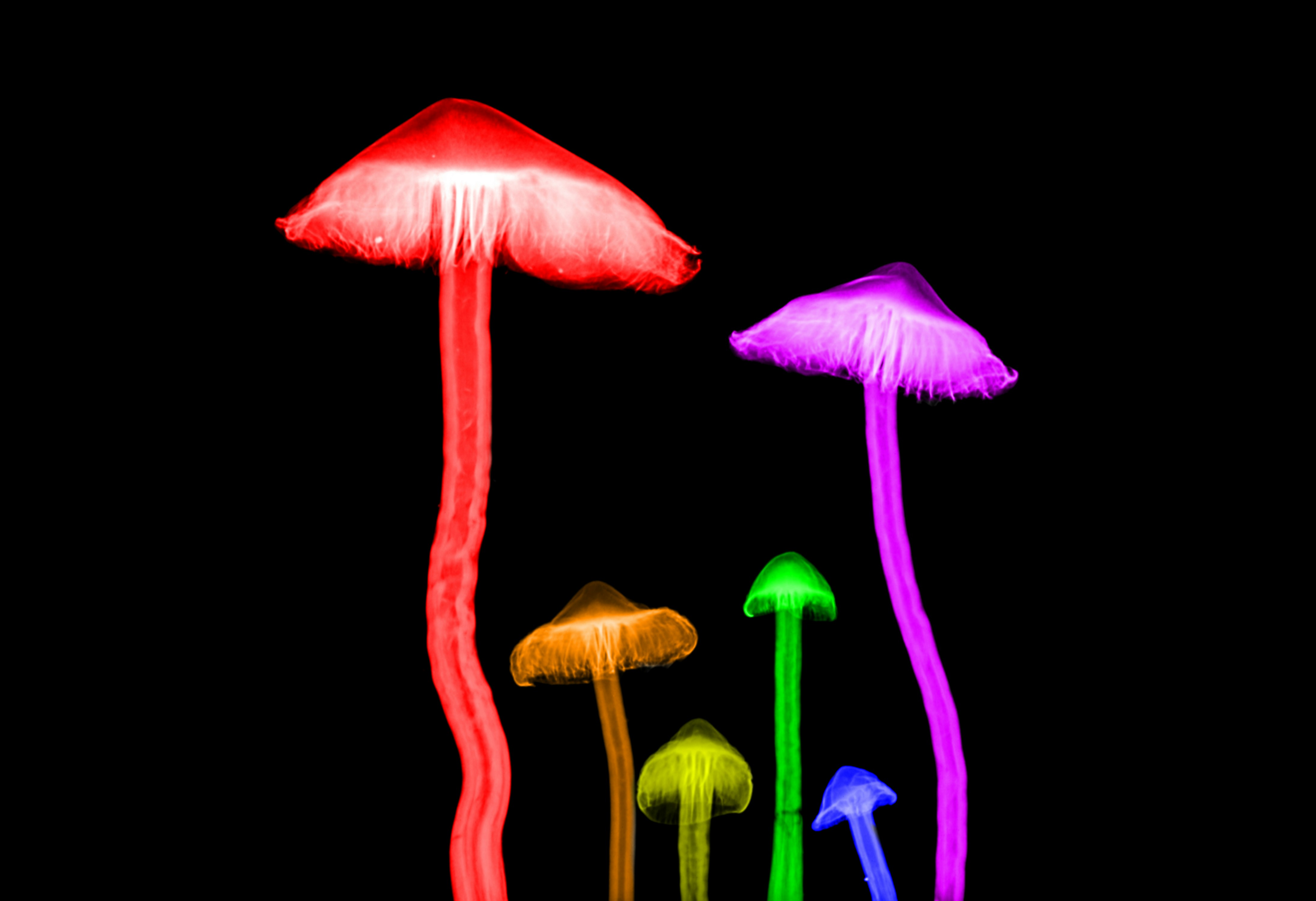The Illusion of Control
In business, many leaders believe control is the key to success. Control the project, the people, the outcome. But control can backfire.
I once worked with a company where a leader’s controlling style drove nearly half the team to leave. The damage went far beyond missed deadlines. The very fabric of trust and culture was torn — and the business is still paying the price.
Control may create short-term efficiency. But it rarely creates lasting innovation.

Why Curiosity Changes Everything
Curiosity invites something different. It opens the space for questions instead of rigid answers, for exploration instead of fear. Neuroscience shows that curiosity literally changes the brain — activating reward circuits, boosting motivation, and making us more receptive to new information.
In organizations, this shift is contagious. Leaders who model curiosity give permission for their teams to take risks, learn faster, and see possibilities that control alone could never reveal.
Integration: Where the Real Work Happens
Many leaders know the feeling of coming back from a retreat or an offsite full of energy, only to watch everything snap back to the old ways within weeks. That return is normal. Old patterns feel safe.
But the real magic begins when uncertainty is tolerated long enough for new habits to form. Integration is the bridge — not the spark of inspiration, but the daily embedding of change until it becomes part of how the team thinks and acts.
Seeing What We Cannot See
I once worked with someone who was convinced the problem was about strategy. What we discovered together was that the real issue lived in the relationships: how people spoke to one another, how much they trusted each other, and the attitudes beneath their words. Once that shifted, the “problem” practically dissolved.
This is the essence of altered states and somatic work: they help us see what we normally cannot. They make the invisible visible. In a business context, this is still new territory — but the impact can be profound.
Why This Matters
The challenge for leaders today is not a lack of strategy. It is the inability to see differently. Psychedelic research shows us that the brain can become flexible, open, and deeply connected when old patterns soften. Leaders do not need substances to learn from this — they need the courage to move from control to curiosity, and to integrate what they find into how they live and lead.
Innovation begins when the way we see changes, not just the ideas we collect.
.png)
.png)




